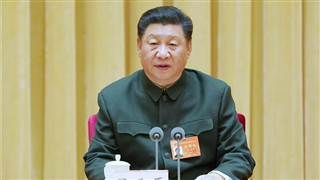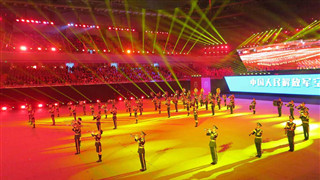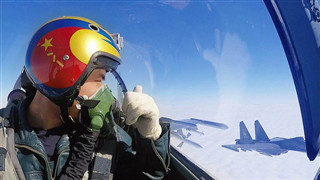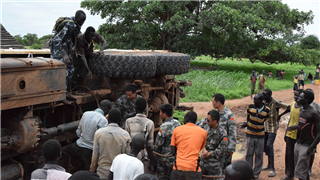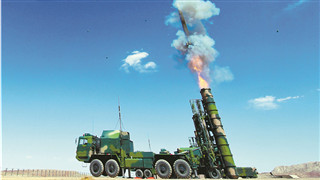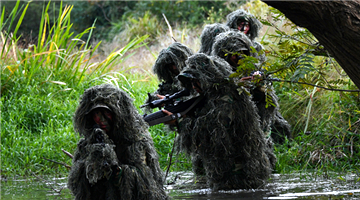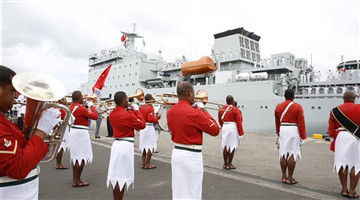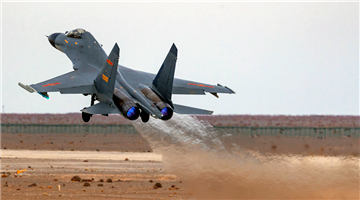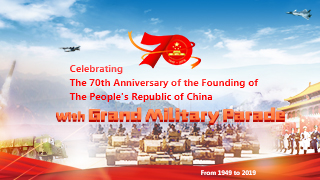I've been blessed with a wealth of exhilarating experiences over the years while covering science and defense, two of China's fastest developing sectors.
Now I'm proud to add one more to the list: flying over Beijing in one of the People's Liberation Army's most advanced surveillance and anti-submarine aircraft.
Late last month, the PLA Navy invited me to board a Y-8 maritime patrol plane and fly in formation toward Tian'anmen Square in a rehearsal for the military parade on Oct 1 celebrating the People's Republic of China's 70th birthday.
I'd ridden on my fair share of military hardware before, including the CNS Liaoning aircraft carrier, but I couldn't help but feel exuberant at the prospect of flying over some of China's most iconic landmarks in an aircraft that played a significant part in my journalism career.
Some of my earliest articles were about the aircraft passing through the Miyako Strait and Bashi Channel to conduct regular training in the Pacific Ocean, which often attracts the attention of the United States and Japanese militaries.
I shared my little anecdote with the Y-8 crew while we were getting ready for takeoff. The plane's navigator, pressing various buttons to "wake the plane up", told me, "Now you must be really busy, because we fly through those waterways very frequently."
As we were reminiscing about how far the Chinese Navy has come, the four turboprop engines roared to life and we took off. After some adjustment, we flew at the left side of a formation of KJ-200 airborne early warning and control aircraft in a group of three.
I was amazed by how gracefully and harmoniously such giant aircraft could operate within a few dozen meters of each other, as if the pilots' minds were telepathically connected.
However, I was a bit uneasy to discover that our co-pilot was staring out his right window at the KJ-200 the whole time. The lead pilot told me not to worry, because to fly in perfect formation, the pilot must constantly look at the brightly colored reference strips painted on the side of the lead plane and adjust speed and distance accordingly.
"It is no easy task because our aircraft is big and fast, and we are flying very close to each other," he said. "But with enough practice, our plane won't miss a beat or meter. Only then can we ensure the best viewing experience for people on the ground."
The real challenge came when we were approaching Beijing's metropolitan area and it was time to lower the plane's altitude to 500 meters. Suddenly, our plane began to shake due to turbulence produced by the engines of aircraft flying ahead of us, and I almost fell out of my seat.
Details of the time, maneuvers and calibration figures were communicated frequently but calmly. When a trail of green aerobatic smoke left by the previous planes blocked our view, the two pilots gripped their joysticks and bravely flew through the haze.
Despite the turbulence we felt in the cockpit, the aircraft remained in good formation with the others. "All in a day's work," the lead pilot said.
When in the distance I saw CITIC Tower - known as China Zun, the tallest building in Beijing at 528 meters - my heart raced and my mind couldn't help but flash back 70 years to the founding ceremony of the People's Republic of China, when late premier Zhou Enlai ordered the 17 planes in the parade to fly twice to finish the ceremony.
When the People's Republic of China was in its infancy, the country barely had enough air and naval forces to protect itself. But having witnessed all the fighters, helicopters and surveillance planes flying beside us, I am glad to know that we have enough planes now, and they don't need to fly twice anymore.
